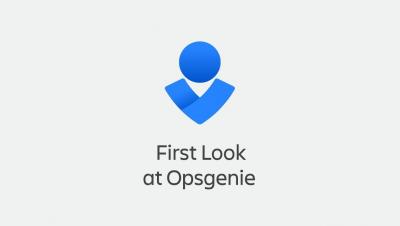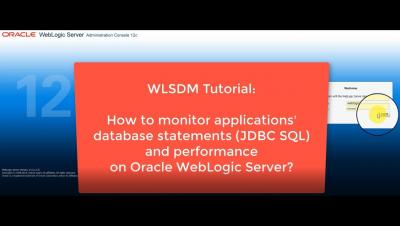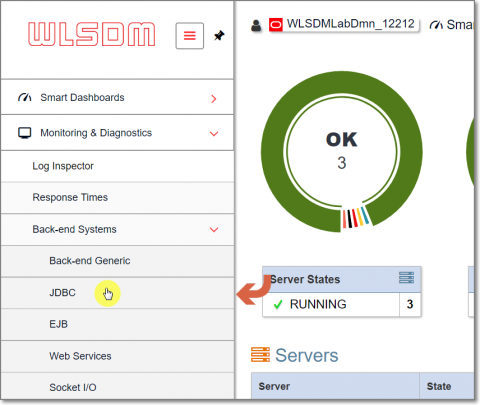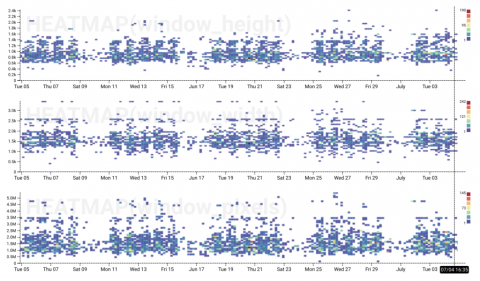Operations | Monitoring | ITSM | DevOps | Cloud
%term
OpsGenie: Reliable & Flexible Alerting
OpsGenie: First Look
How to Monitor Application Database Statements (JDBC SQL) on Oracle WebLogic Server?
WLSDM: How to monitor applications' database statements (JDBC SQL) and performance on Oracle WebLogic Server?
In this post, you will learn the easiest way of monitoring high level applications’ database statements (JDBC) performance via WLSDM Back-End system monitoring features. If your application has slow JDBC execute statements then these statements need to be tuned by DBA or developer.
Azure IoT and Pycom
Building an Intuitive Real-Time Interface for IT Ops Team Productivity
Few things damage productivity as much as waiting. The act of waiting forces us to context switch, disrupts our creative momentum, and eliminates our ability to experiment. Whether we are deploying a new service or troubleshooting a problem, waiting puts a heavy tax on team productivity in IT Operations.
Icinga Exchange - The Journey Continues
We’ve launched a new iteration of Icinga Exchange last autumn and modernized the look and feel as well as improved the overall user experience. Since then we’ve solved a few issues and made some enhancements. Just small things to make it a little better.
Level Up With Derived Columns: Understanding Screen Size (With Basic Arithmetic)
When we released derived columns last year, we already knew they were a powerful way to manipulate and explore data in Honeycomb, but we didn’t realize just how many different ways folks could use them. We use them all the time to improve our perspective when looking at data as we use Honeycomb internally, so we decided to share. So, in this series, Honeycombers share their favorite derived column use cases and explain how to achieve them.
SolarWinds Alerts Simplified With OnPage
Managing alert noise from monitoring systems like SolarWinds can be tricky and failing to order the noise can cause: Alert fatigue, Decreased MTTR, Missed alerts.











